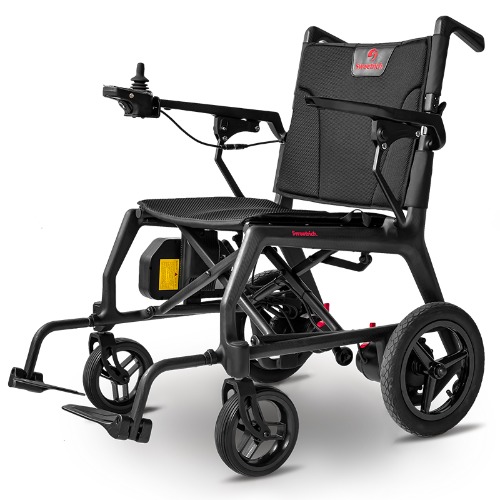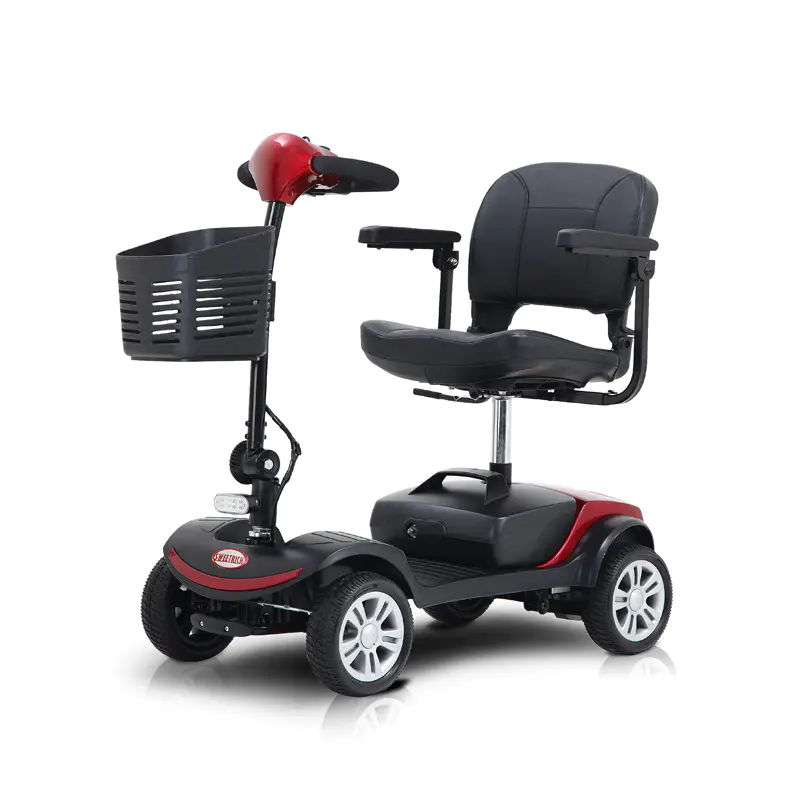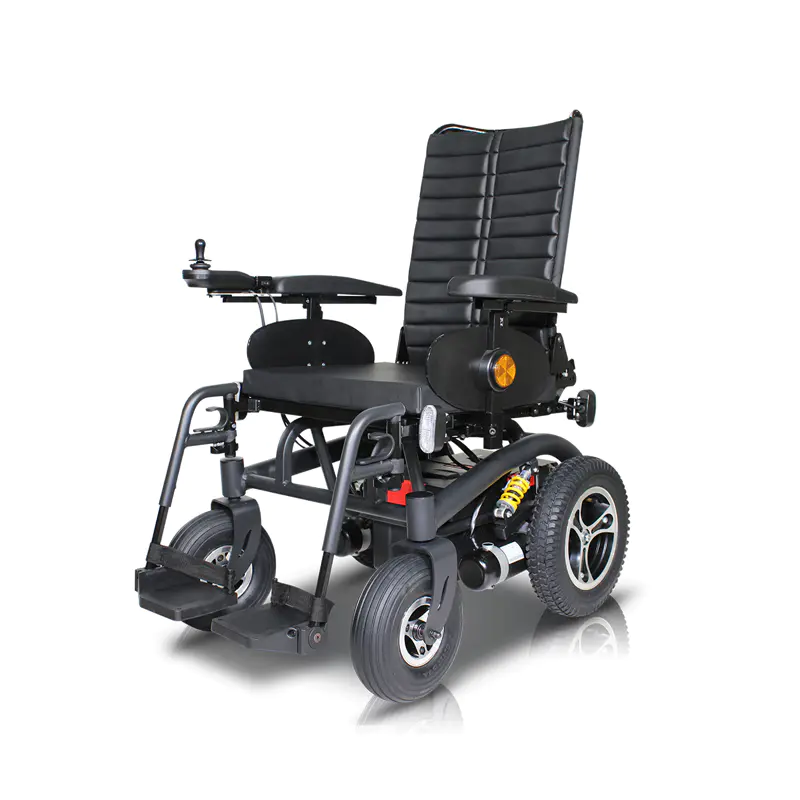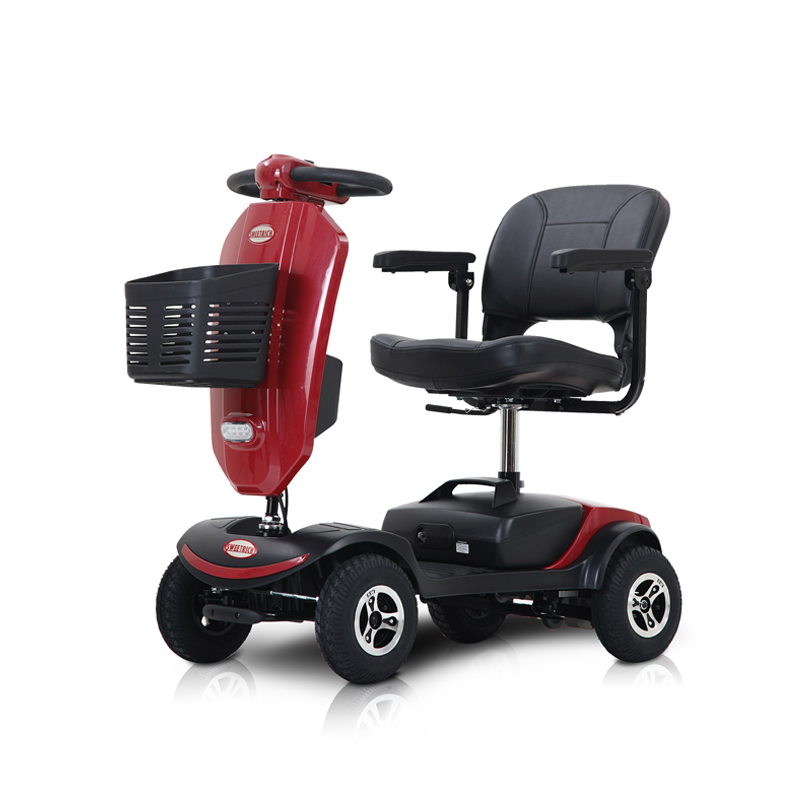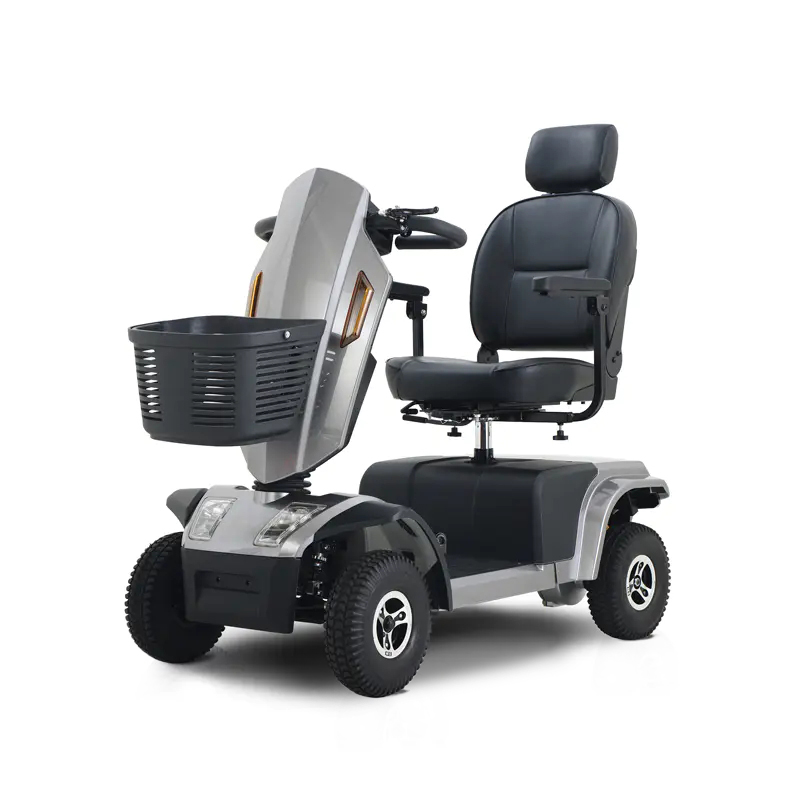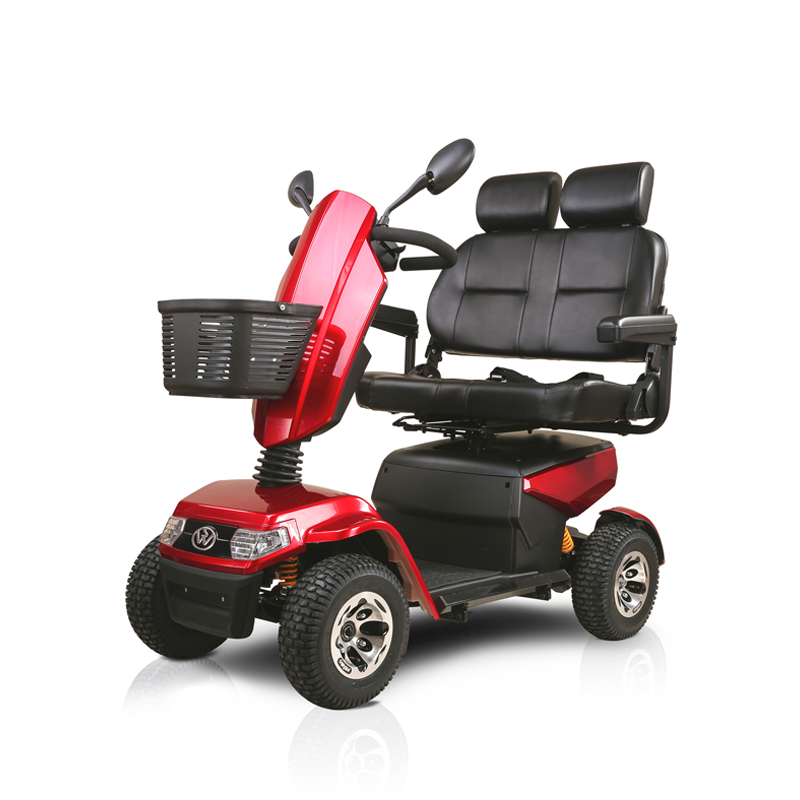Folding and Portability Features
The advantages of a folding electric mobility wheelchair
A folding electric mobility wheelchair offers a combination of powered convenience with an ability to collapse into a compact form, making it exceptionally practical in many scenarios. With electric propulsion, users experience reduced physical strain compared with manual wheelchairs, while the folding mechanism allows the device to compress to fit in tight spaces such as compact car trunks or narrow home entryways. This design benefits users by delivering ease of storage and transport without sacrificing functionality. For instance, when users need to navigate multi-modal transit, such as transitioning from home to a car and then to public transport, the folding electric mobility wheelchair shines by significantly reducing logistical complexity.
Furthermore, the folding nature often introduces modularity: armrests, footrests, and batteries may be removable or fold inward to minimize bulk. This degree of adjustability supports a wide range of body types and storage environments. Users who manage chronic conditions like limited upper body strength find such adaptability essential, because they can manage folding, lifting, or disassembling components more easily.
In comparison to rigid-frame power wheelchairs, a folding electric mobility wheelchair typically:
| Feature | Folding Electric Mobility Wheelchair | Rigid Power Wheelchair |
|---|---|---|
| Storage footprint | Compact when folded | Bulky even when disassembled |
| Transport flexibility | Can fit in smaller vehicles | Often requires larger vehicle or lift |
| Setup time | Generally quick to fold/unfold | May require tools or more effort |
The table illustrates that a folding electric mobility wheelchair clearly reduces spatial and time burden, making it a robust choice for users prioritizing portability.
Why lightweight folding power wheelchair foldable matters for everyday users
Weight plays a pivotal role in user experience, especially for caregivers who may need to lift or maneuver the device into a vehicle. The phrase lightweight folding power wheelchair foldable emphasizes the dual benefits of minimal mass and collapsibility—two features that together significantly reduce physical strain. When a foldable unit weighs below typical thresholds like 50–60 lbs (22–27 kg), a single person can often handle it without assistance. This fosters independence: users can load, unload, store, or carry their wheelchair with far less effort, promoting spontaneous outings and minimizing reliance on others.
In daily life—such as navigating home hallways, public elevators, or storefront aisles—having a lightweight foldable device means smoother navigation and fewer obstacles. Compared to heavier units:
| Attribute | Lightweight Folding Power Wheelchair | Heavier Folding Unit |
|---|---|---|
| Ease of lifting | Can often be managed by one person | May require multiple people or equipment |
| Fatigue after handling | Lower fatigue | Higher fatigue, especially with repeated handling |
| Everyday usability | High; encourages frequent outings | Lower; potential to discourage use outside |
Thus, a lightweight folding power wheelchair foldable design becomes crucial in promoting freedom of mobility, giving users the ability to move about and go places without logistical hurdles.
Travel-Friendly Design Considerations
Choosing a portable folding power wheelchair for travel
Travel requires a special balance among portability, durability, and comfort. A portable folding power wheelchair for travel typically embodies several core characteristics: rapid fold/unfold mechanisms, reinforced joints for repeated use, cushioned seating that remains comfortable over extended trips, and compatibility with transport vehicles' storage spaces. They may also feature intuitive locking systems so users can quickly secure or release components while en route.
Whether voyaging by air, rail, or road, travel-ready folding power wheelchairs must comply with size and weight restrictions while ensuring that safety and structural integrity remain intact under frequent handling. Compared with non-travel-designed models, a true travel variant often:
| Aspect | Travel-Ready Folding Power Wheelchair | Standard Folding Power Wheelchair |
|---|---|---|
| Durability under repeated loading | Reinforced for travel stress | Standard durability |
| Folding speed | Fast and tool-free | Moderate |
| Compliance with luggage size limits | Designed to fit in overhead bins or trunks | May exceed limits |
Emphasizing the portable folding power wheelchair for travel, users benefit from compact convenience—travel becomes less about logistics and more about destination enjoyment. The ability to fold the device quickly and pack it securely allows users to blend mobility freedom with exploration.
How compact folding power wheelchair with long range enhances travel convenience
A compact folding power wheelchair with long range addresses the intersection of portability and endurance. Compact designs shrink in size without compromising performance, while extended range ensures that users can travel greater distances on a single charge—making fewer stops and reducing anxiety about battery depletion. For excursions like airport terminals, theme parks, or sprawling city sidewalks, such a combination gives users both flexibility and reassurance.
Compared with compact units with shorter range, or long-range units that are bulky, the compact folding power wheelchair with long range strikes an ideal balance:
| Feature | Compact + Long Range | Compact + Short Range | Long Range + Bulky |
|---|---|---|---|
| Travel convenience | Excellent—folds small, travels far | Good—folds small but limited by battery | Poor—travels far but hard to transport |
| Battery anxiety | Low | Moderate | Low |
| Storage efficiency | High | High | Low |
By combining compactness with long travel range, users unlock the freedom to explore confidently and freely, making long walkable destinations feasible without cumbersome equipment.
Battery and Recline Functionality
Exploring battery-powered foldable wheelchair with recline features
The tag battery-powered foldable wheelchair with recline reflects a merging of power, adaptability, and comfort. Users benefit from battery-powered propulsion that eliminates manual exertion, while foldable design keeps storage manageable, and built-in recline capability enhances comfort and pressure relief—particularly important for users who spend extended periods seated.
Recline allows users to adjust their posture, shifting pressure away from the same pressure points, reducing risk of discomfort and pressure sores. For example, when embarking on a journey, a user can recline for rest during long transfers, then resume upright for mobility. This triad of features—battery power, foldability, and recline—makes the device versatile for both activity and rest.
- Powered convenience eliminates upper body strain.
- Foldable structure keeps the device manageable for transport.
- Recline improves comfort during longer seats.
In comparison to devices without recline or without folding capability:
| Attribute | With Recline + Fold | No Recline or Non-Fold |
|---|---|---|
| User comfort | High due to adjustability | Lower; fixed posture |
| Transport convenience | High with fold | Low if rigid |
| Versatility for varying scenarios | Very high | Limited |
Thus, a battery-powered foldable wheelchair with recline meets diverse needs—mobility, comfort, and transport readiness—making it a flexible asset for many users.
Comparing battery range vs. user needs in long-distance usage
Determining the ideal battery range requires aligning technical capability with real-world needs. Users traveling to large venues or remote areas need extended range to avoid mid-journey recharging. Meanwhile, some users may require additional features such as incline handling or varied terrain capabilities—each of which can affect battery consumption.
It is essential to compare:
- Declared battery range under ideal conditions.
- Real-world range, which may be reduced by terrain, user weight, or speed.
- Charging time and availability of spare battery or charging points.
The comparison table below shows typical differences:
| Scenario | Typical Range Needed | Declared Range | Real-World Expectation |
|---|---|---|---|
| Indoor mall visit (1–2 miles) | Low | High (>10 miles) | More than sufficient |
| Airport travel (3–5 miles plus waiting) | Moderate | High (>10 miles) | Likely sufficient |
| Full-day outdoor event (10–15 miles) | High | Very high (>15 miles) | Needed to match claim |
In everyday terms, if declared range significantly exceeds expected real-world usage, users gain peace of mind and flexibility. If declared range barely meets needs, any unexpected detour may cause issues. Therefore, evaluating battery range—and aligning it with usage scenarios—is crucial to choosing a suitable folding power wheelchair.

